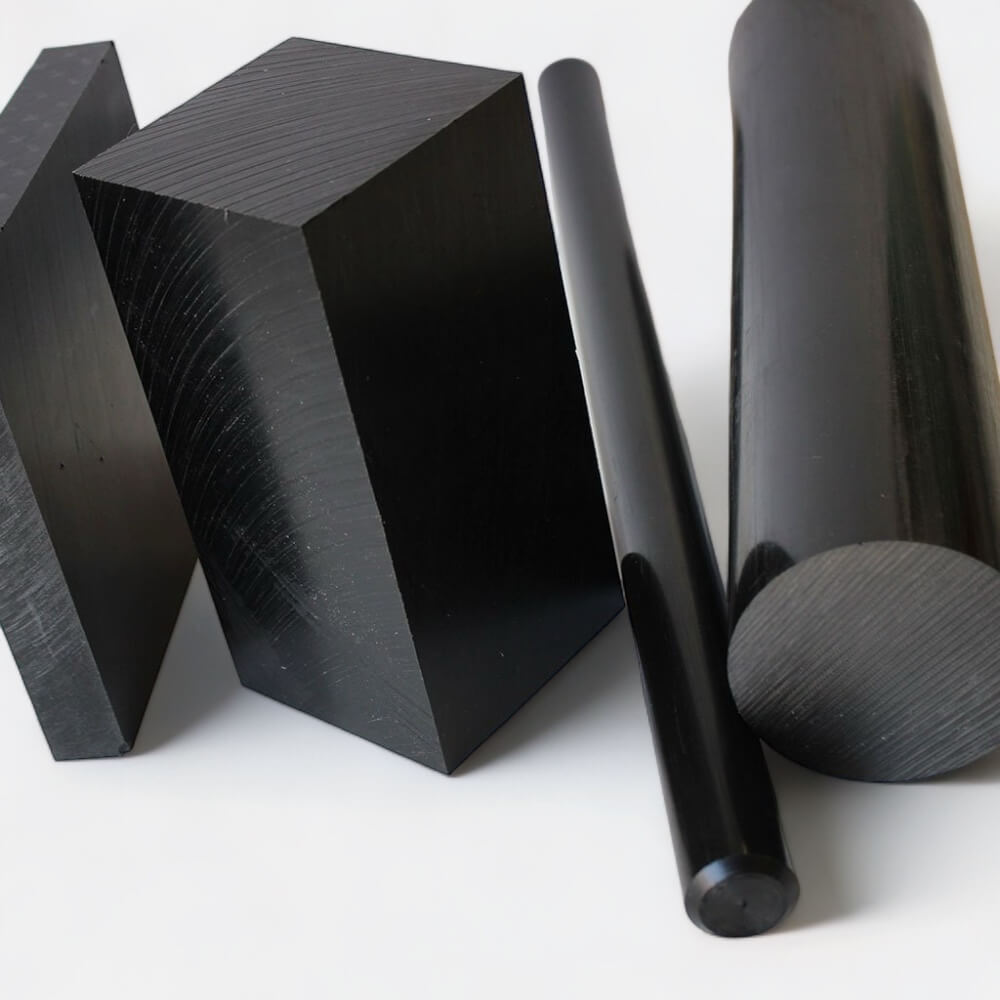Choosing the correct material for your product or application is crucial in ensuring performance, durability, and compliance with industry standards. With a wide array of plastics available, each suited to unique requirements, selecting the ideal plastic can be challenging. Here’s a comprehensive guide to help you make an informed choice based on specific needs, material properties, and application conditions.
Understanding Your Requirements
Before diving into the material options, it’s essential to outline the specific requirements of your project. Common considerations include:
- Friction & Wear Resistance: For applications involving sliding or self-lubricating components.
- Environmental Resistance: If the material must withstand chemicals, moisture, or UV radiation.
- Load Bearing: For components facing impact or continuous loads.
- Temperature Resilience: Ensuring functionality at both high and low temperatures.
- Compliance: Meeting regulatory standards like ATEX (explosion safety) and FDA for food contact.
Material Recommendations by Requirement
1. Low Friction and Wear Resistance
For components that slide, slip, or require minimal resistance:
- Nylons, Acetal, PTFE, UHMWE PE, PET (P): Ideal for sliding or slipping parts due to low friction.
- Self-Lubricating Bearings: Nylons and PET (P) work well here.
- Dimensional Stability: Acetal, PET (P), and Glass-Filled Grades maintain size and shape under stress, ideal for precision parts.
- Wear Resistance: UHMW PE and Cast Nylon 6 offer excellent abrasion resistance, enhancing component longevity.
2. Environmental Resilience
Consider how environmental factors might affect material performance:
- Chemical Resistance: PVC, PP, PVDF, HDPE, PEEK, and PTFE resist various chemicals, perfect for corrosive environments.
- Sewage, Waste, and Water Applications: WRAS-approved materials (Acetals, PVC) are suitable for water regulations.
- Electrical Insulation: Thermoset Laminates, PVC, PTFE, and PPE provide excellent insulation for electrical applications.
- ATEX / ESD Avoidance: For antistatic and dissipative properties, consider PC350 Antistatic Polycarbonate, Conductive PTFE, or Static Dissipative Acetal / HDPE.
- Food Contact: Acetal, UHMW PE, PET (P), PP, PSU, and PE comply with food-safe standards, essential for the food industry.
- UV and Radiation Exposure: High-Performance materials like PEEK, PVDF, and PCTFE endure radiation and resist aging, suitable for outdoor use.
3. Loading Requirements
Applications under load require materials with the right strength and flexibility:
- Impact Loads: Nylon 6 & 66, 1000 Grade UHMWPE, and Epoxy Laminates handle sudden impacts effectively.
- Cyclical Loading: Nylons and Acetal are ideal for components subject to repeated stress.
- Creep Resistance: Glass-Filled Grades and Thermoset Laminates prevent deformation under continuous pressure.
- High Continuous Loading: PET (P), High-Performance Plastics, and PEEK excel under sustained loads.
4. Temperature Tolerance
Ensure materials can endure temperature fluctuations:
- Low-Temperature Impact Strength: Nylons, UHMW PE, and PVDF maintain performance in cold environments.
- High Working Temperatures (>100°C): High-Performance Plastics like PTFE and PEEK are resistant to heat, making them suitable for high-temperature applications.
5. Regulatory Compliance
Meeting industry standards can be critical, especially in regulated fields:
- ATEX Legislation Compliance: For explosion safety, use conductive plastics, such as Carbon-Filled PTFE, HDPE, Static Dissipative Acetal, and Acrylic.
- FDA and Metal Detectable Materials: FDA-approved options for food safety include UHMWPE, PTFE, Polypropylene, and Metal Detectable Acetal.
Additional Considerations for Standalone Components
For items or components that operate independently, without supportive fixtures like hinges, braces, or guide rails, consider the potential for thermal expansion, bowing, and twisting—especially with certain plastics. These physical changes could significantly impact the performance and durability of your finished product.
Components which plastic should you choose?
Selecting the right plastic material for your application is a crucial step in achieving optimal functionality and longevity. By assessing the environment, load, temperature, and regulatory requirements, you can narrow down your options and make a more informed decision.
If you’re unsure which material best suits your needs, don’t hesitate to contact WKH our experts are here to guide you every step of the way.





Leave a comment
This site is protected by hCaptcha and the hCaptcha Privacy Policy and Terms of Service apply.